Wine has been enjoyed for centuries by wine drinkers around the globe, and its consumption has been associated with various health benefits. Studies have shown that moderate wine consumption may be good for your heart and circulatory system, and it may even lower your risk of type 2 diabetes. However, when it comes to choosing between red wine and white wine, many people wonder which one is better for their health.
Overall, both white and red wine have their own unique health benefits. Red wine is often touted for its high levels of antioxidants, which can help reduce inflammation and protect against heart disease.
On the other hand, white wine is lower in calories and may be a better choice for those trying to watch their weight. Additionally, some people may prefer the taste of white wine over red.
Despite the potential health benefits of both types of wine, it is important to remember that excessive alcohol consumption can have negative effects on your health. It is recommended that women limit their alcohol intake to one drink per day, while men should limit themselves to two drinks per day. With that in mind, let’s take a closer look at the benefits of white wine and red wine to determine which one may be better for you.
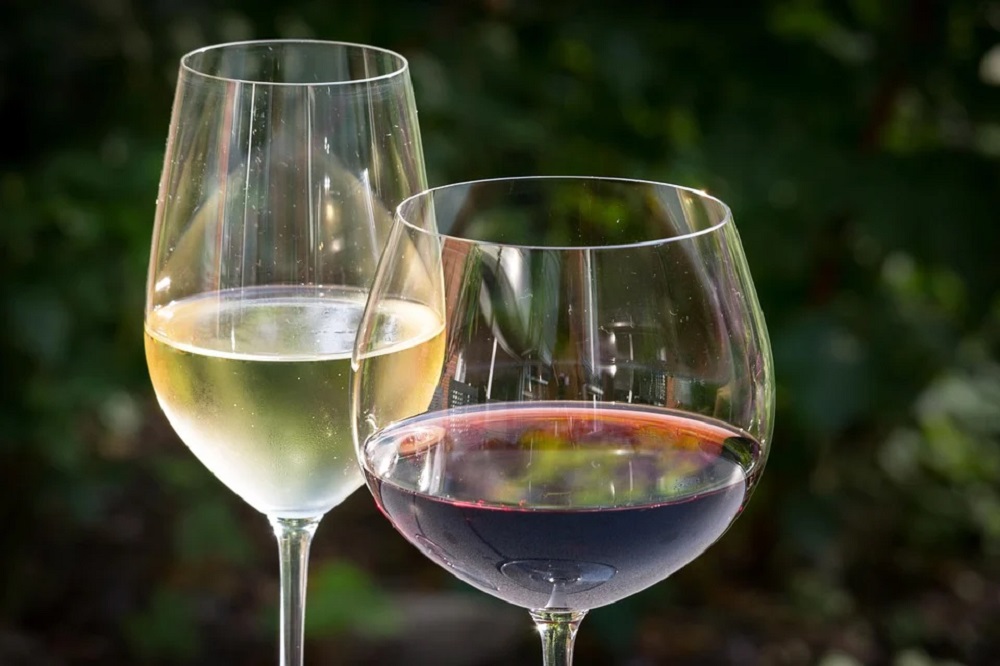
The Health Benefits of Red and White Wine
Wine has been enjoyed for centuries, and research has shown that moderate wine consumption may be good for your health. Here are some of the benefits of wine:
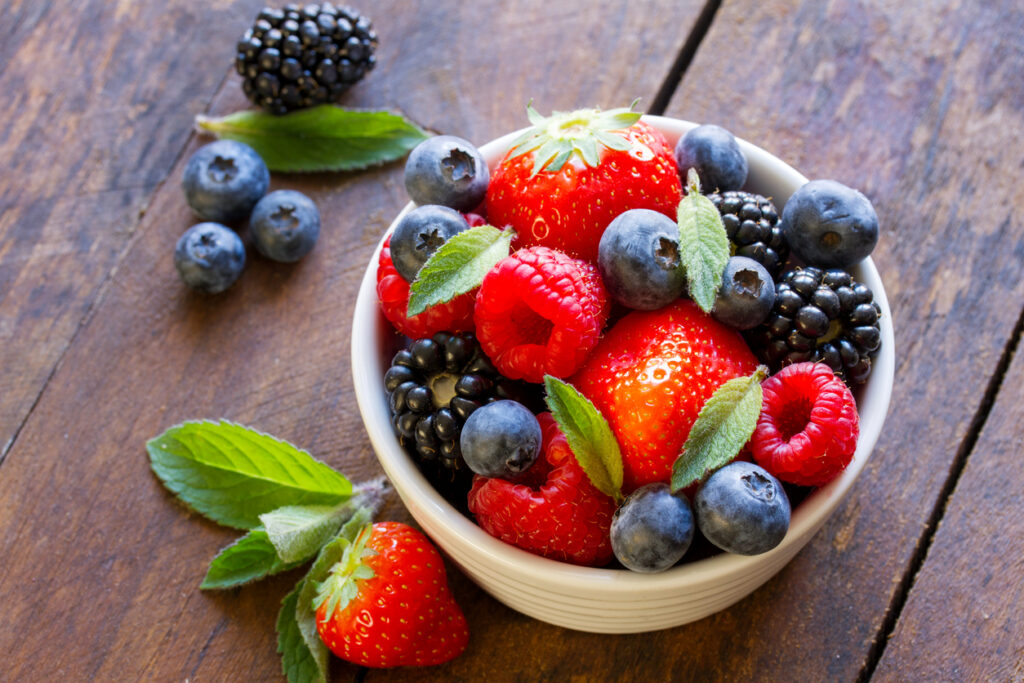
Antioxidants in Wine
Wine contains antioxidants. These are compounds that protect your cells from damage caused by free radicals. Free radicals are unstable molecules that can damage cells and contribute to aging and diseases such as cancer and heart disease. The antioxidants in wine include polyphenols, resveratrol, and quercetin, which are found in the skins and seeds of black grapes. Red wine contains more antioxidants than white wine because it is fermented with grape skins longer than white wine.
Reds and Cardiovascular Health
Red wine has been linked with a variety of cardiovascular health benefits. It’s thought to reduce the risk of heart disease, raise HDL cholesterol (the “good” cholesterol), and slow age-related mental decline.
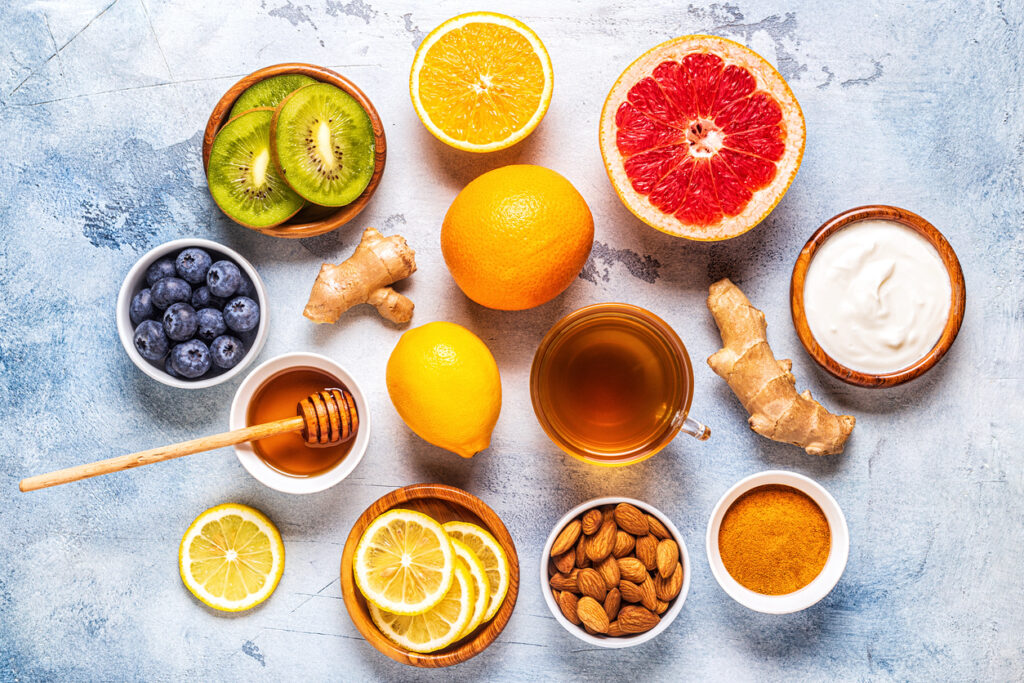
The polyphenols in red wine, particularly resveratrol, have been shown to improve endothelial function, which is the ability of blood vessels to dilate and increase blood flow. This can help lower blood pressure and reduce the risk of heart disease.
White Wine and Cancer Prevention
Although red wine is often touted for its health benefits, white wine drinkers also have some potential benefits. Some studies have suggested that moderate white wine consumption may reduce the risk of certain cancers, including breast cancer and lung cancer. The antioxidants in white wine, particularly quercetin, may help prevent cancer by neutralizing free radicals and reducing inflammation.

The Drawbacks of Red and White Wine
Where do alcohol and sugar in wine come from?
Wine is a beloved beverage enjoyed by many across the world. But have you ever wondered where the alcohol and sugar in your favorite bottle of wine come from? The answer lies in the process of fermentation, which is responsible for transforming grape juice into wine.
During fermentation, yeast consumes the natural sugars found in grape juice and converts them into alcohol. This chemical reaction occurs when yeast enzymes break down glucose and fructose molecules present in grape juice, producing ethanol as a result. The longer this process continues, the higher the alcohol content of the wine will be.
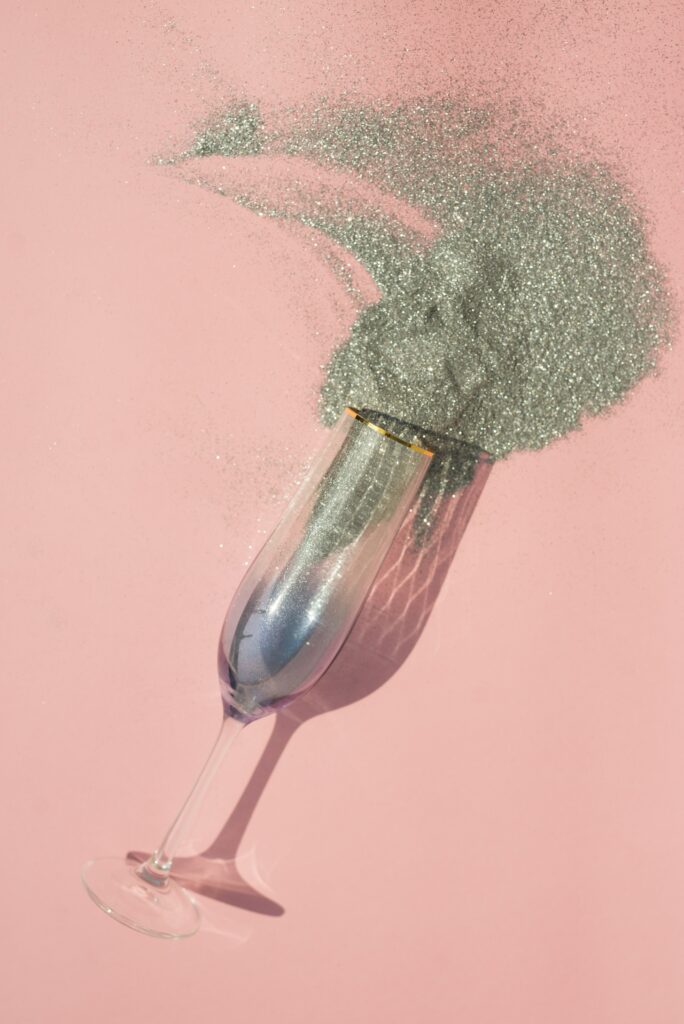
Another factor that determines the amount of sugar present in wine is residual sugar. This refers to any unfermented or partially fermented sugars that remain in the final product after fermentation has completed. Winemakers can choose to leave more or less residual sugar depending on their desired taste and style preferences.
Alcohol Content
One of the main drawbacks of wine is its alcohol content. While moderate drinking of alcohol is associated with some health benefits, excessive consumption can lead to negative health effects.
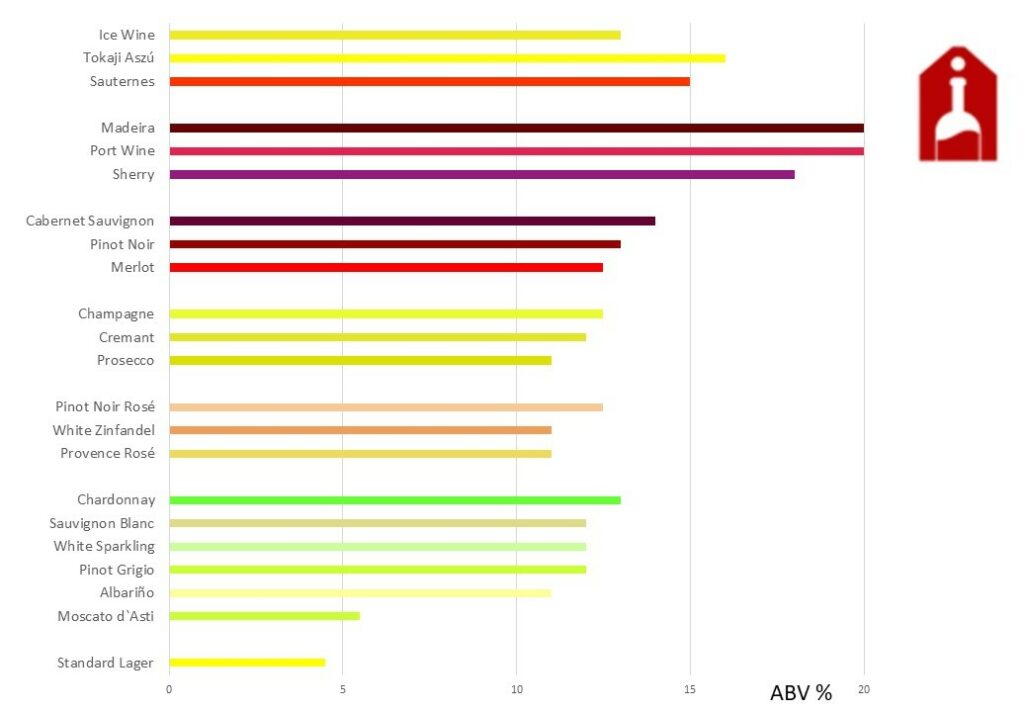
According to the National Institute on Alcohol Abuse and Alcoholism, heavy drinking can lead to liver disease, high blood pressure, and an increased risk of certain cancers. It’s important to keep in mind that moderate drinking is defined as up to one drink per day for women and up to two drinks per day for men.
Dehydration
Another drawback of white wine and red wine is that it can cause dehydration. Alcohol is a diuretic, which means it increases urine production and can lead to dehydration. This can cause symptoms such as thirst, dry mouth, and headache.
To prevent dehydration, it’s important to drink plenty of water while consuming wine and to avoid excessive drinking.
Negative Health Effects of Alcohol
While moderate drinking of alcohol is associated with some health benefits, excessive consumption can lead to negative health effects. According to the National Institute on Alcohol Abuse and Alcoholism, heavy drinking can lead to liver disease, high blood pressure, and an increased risk of certain cancers.

It’s important to keep in mind that moderate drinking is defined as up to one drink per day for women and up to two drinks per day for men.
Which is Better for You?
Factors to Consider
When it comes to determining which wine is better for you, there are several factors to consider. While both red wine and white wine offer some health benefits, the specific benefits may vary depending on the type of wine and how it’s consumed.
For example, red wine is known to contain more antioxidants than white wine, which can help protect against heart disease and certain types of cancer. On the other hand, white wine may offer benefits for the skin and may help improve cholesterol levels.

Another factor to consider is the alcohol content of each wine. Generally, red wine contains more alcohol than white wine, which can increase the risk of certain health problems such as liver disease and high blood pressure.
It’s important to keep in mind that excessive alcohol consumption can be harmful to your health, regardless of the type of wine you choose.
Moderation is Key
Regardless of whether you choose red wine or white wine, it’s important to consume it in moderation. The American Heart Association recommends that women limit their alcohol consumption to one drink per day and men limit their consumption to two drinks per day. Drinking more than this amount can increase the risk of health problems such as high blood pressure and liver disease.

It’s also important to keep in mind that the health benefits of wine are only present when it’s consumed in moderation. Drinking excessive amounts of wine can actually be harmful to your health and increase the risk of certain health problems.
Consulting with a Doctor
If you’re unsure about which type of wine is best for you, it’s always a good idea to consult with your doctor. Your doctor can take into account your individual health history and make recommendations based on your specific needs.
Additionally, if you have a history of alcohol abuse or other health problems, it’s important to talk to your doctor before consuming any type of alcohol, including wine.

Which has More Sugar Red Wine or White Wine?
When it comes to wine, many people focus on the taste and alcohol content. However, for those who are health-conscious, sugar content is also an important factor to consider. The question that often arises is which type of wine has more sugar – red wine or white wine? The answer may surprise you.
Firstly, let’s understand that both red wines and white wines go through fermentation where yeast converts grape sugars into alcohol. This process reduces the sugar content in the wine. However, some residual sugar remains in the final product.
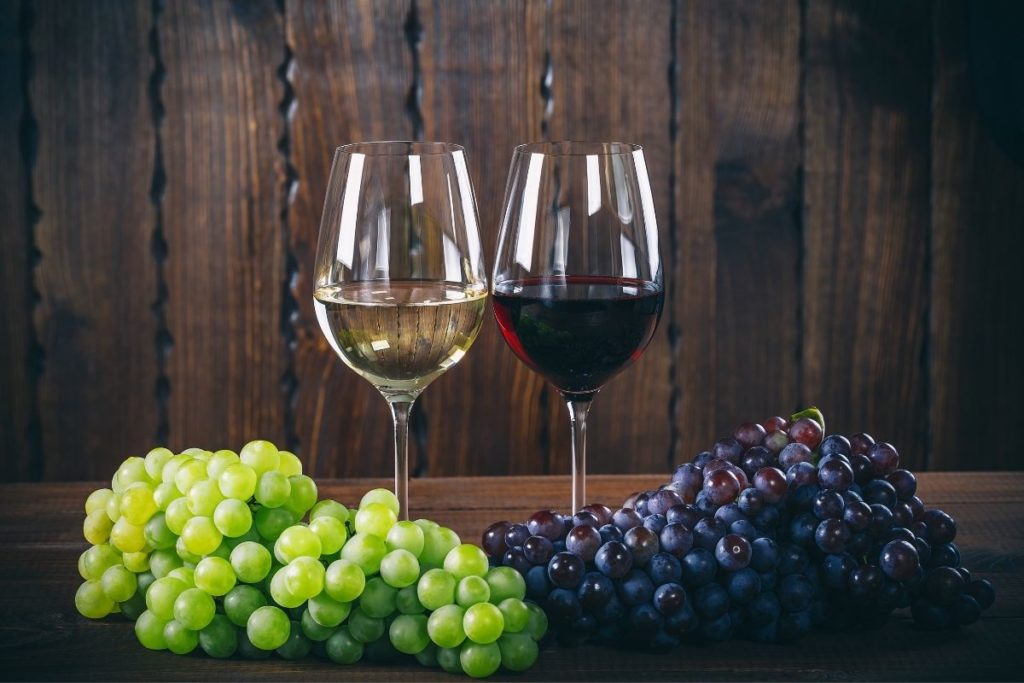
In general, dry white wines or dry sparkling wines tend to have less residual sugar than red wines. On the other hand sweet white wines contain slightly higher sugar content than red wines due to a shorter fermentation period and less contact with grape skins during processing.
That being said, not all white wines are high in sugar nor are all red wines low in sugar. The actual amount of residual sugar varies depending on several factors such as grape variety, winemaking technique and region of origin. Check our table for a detailed answer!
How much sugar is in red wine?
Red wine is a popular alcoholic beverage that has been enjoyed by people for centuries. However, many people are often concerned about the amount of sugar in red wine and its effects on their health.
Caberent Sauvignon, Merlot, Pinot Noir are some of the most commonly consumed types of red wines. Cabernet Sauvignon is known for its full-bodied flavor and rich tannins, while Merlot offers a softer profile with less tannin but more fruity flavors. Pinot Noir is described as having high acidity levels with lighter body and lower tannin content.
| Varietal | Calories in a glass | Alcohol conten (ABV) | Residual Sugar (g/l) |
|---|---|---|---|
| Carignan | 109 | 12,5-15 % | 10 |
| Gamay | 115 | 10,5-12,5 % | 1,5-2,0 |
| Merlot | 120 | 13,0-14,0 % | 1,0-1,5 |
| Pinot Noir | 121 | 11,0-14,0 % | 1,0-1,5 |
| Syrah | 122 | 13,0-15,5 % | 0,3-1,0 |
| Grenache | 122 | 13,5-16,0 % | 2,0-3,0 |
| Cabernet Sauvignon | 122 | 13,5-15,0 % | 3,0-4,5 |
| Barbera | 125 | 13,0-15,0 % | 2,5-3,5 |
| Sangiovese | 126 | 13,0-14,0 % | 1,5-3,0 |
When it comes to sugar content in these red wines, it varies depending on the winemaking process.
How much sugar is in white wine?
White wine is a popular alcoholic beverage that comes in different varieties, such as Chardonnay, Pinot Gris, and Sauvignon Blanc. But have you ever wondered how much sugar is in each glass of white wine? The answer depends on the type of wine you choose to indulge in.
Chardonnay, for instance, contains an average of 1 gram of sugar per standard glass (5 oz). Pinot Gris tends to be slightly sweeter than Chardonnay with an average of 1.2 grams per glass but still shows a crisp acidity.
On the other hand, Sauvignon Blanc has the lowest amount of sugar among these three types with only 0.6 grams per glass.
Wine and food pairings
If you are on a diet and need to watch your sugar consumption always remember that drinking wine with a meal is a bad idea. The liver which converts sugar into energy stops doing this once it gets into contact with alcohol. The alcohol is always broken down first and all sugars are turned into body fat.
In this case a dry pinot grigio with a green leaf salad seems to be the best choice !

